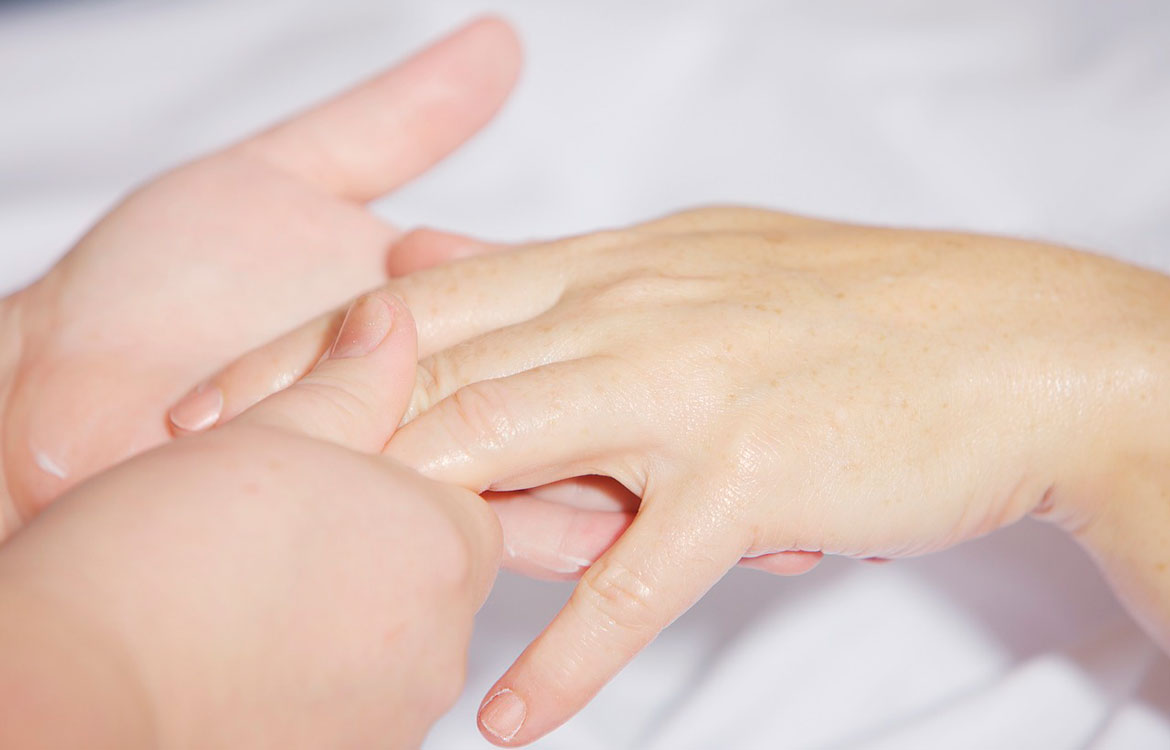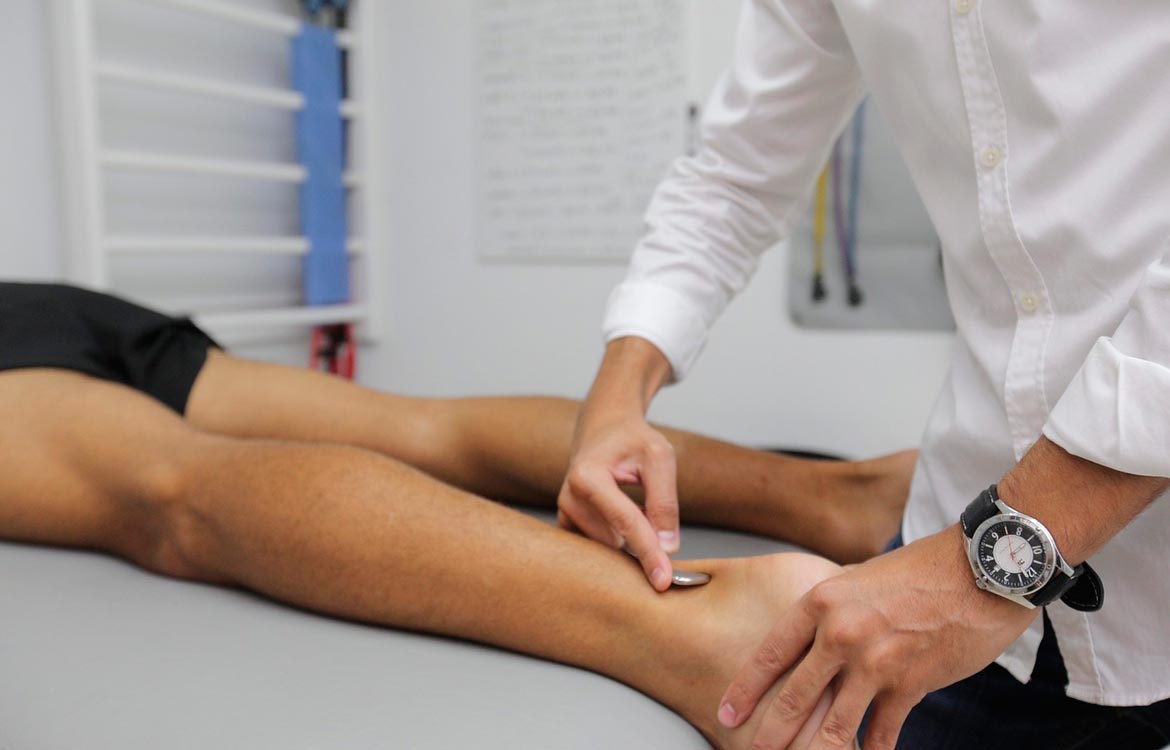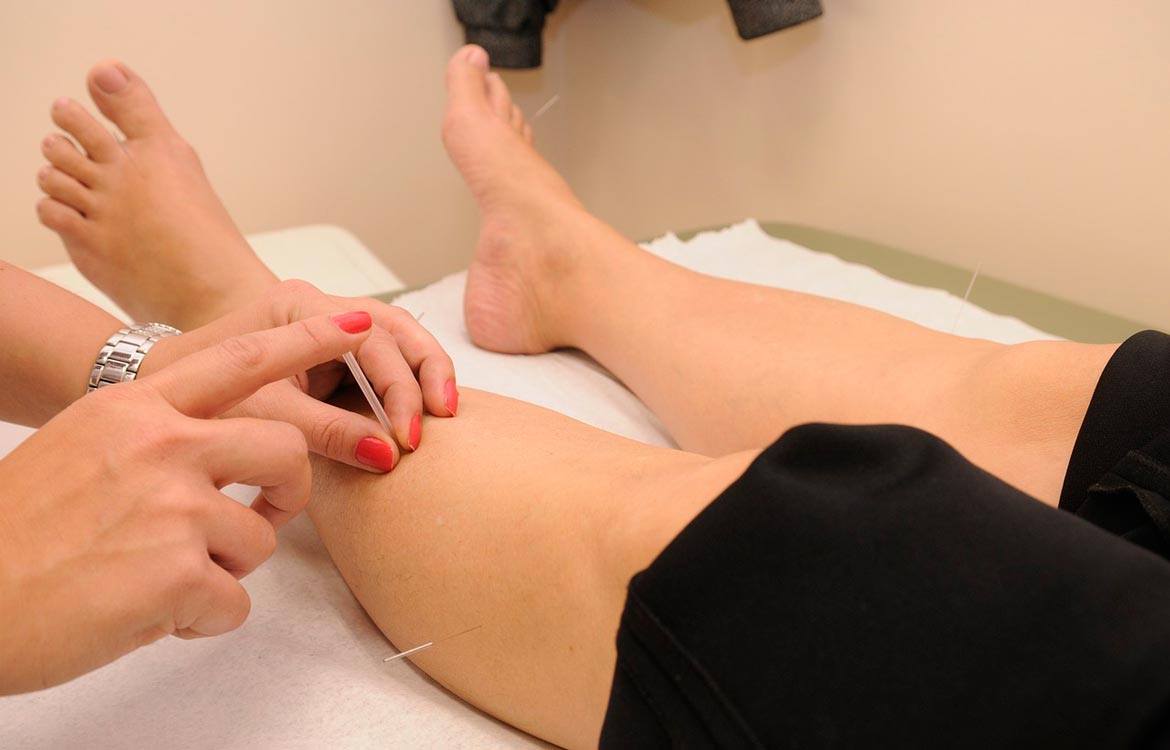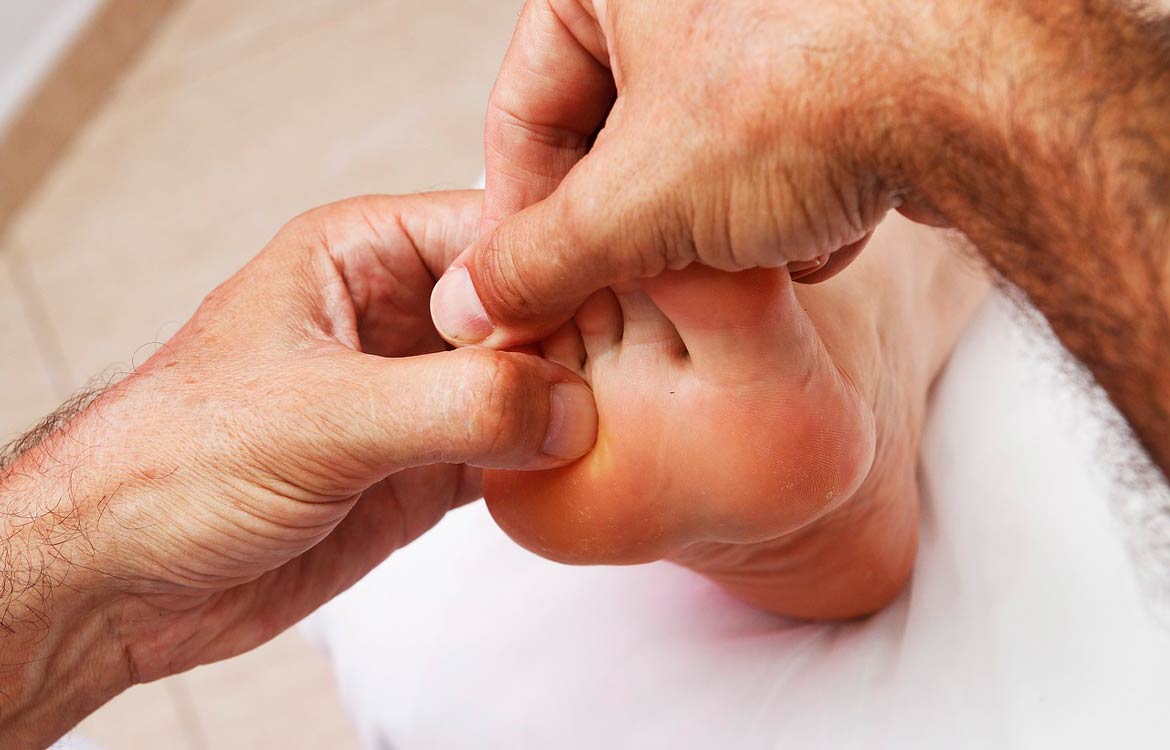Physiotherapy helps people regulate their pains as well as prevent diseases. Therefore, it is not out of place to mention that physiotherapy is simply a treatment that is aimed for improving muscles alignment and joints functioning. It works in such a way that maximizes movements, coordination, flexibility as well as strength.
The profession of physiotherapist is actually not a new one. It is one that helps people who are affected by injury, disability or illness through exercise and movement, manual therapy, education as well as advice. Physiotherapy is known to help people manage their health and it does not really have any age restriction.

Who Carries out Physiotherapy?
It is important to note that physiotherapy is a degree based on a healthcare profession. They are well trained and then use their knowledge and skills to solve a lot of problems associated with different sort physiotherapy.
For instance, a trained physiotherapist will have the knowledge and skills to improve and maintain your movements and mobility when needed. However, it is important to note that your physiotherapist is expected to discuss your problems in details before offering any treatment. This means that the treatment offered by a physiotherapist may depend on several factors; but it is adjusted to meet your specific needs.

Importance of Physiotherapy
Pain and physiotherapy go hand in hand. For instance, if the problem is pain, then a likely solution will be physiotherapy. In fact, under a lot of studies and practical experience, physiotherapy has been known to be an effective tool for treatment of pains and injuries including major ones. Therefore, using physiotherapy would not be out of place in a case of injuries and pain.
In a case of immobility or muscle tenancy, it is possible that the physiotherapist may suggest that heat therapy, exercises, stretches traction or massaging will get rid of the problem. However, each of the activities may be used separately or may be combined with others to achieve better result, what will depend on gravity of the problems. Pains can also be caused by headaches or muscle aches in some cases, and painkillers may be used to combat them. However, it is important to note that although pain killers may be effective in combating this kind of pain, it may have some side effects and limitations. In this case, physiotherapy can be an option that can deal with these pains.
It is important to note that physiotherapy is not just about treating pains and injuries only on the table because it goes beyond the latter and that is done by preventing further such ailments.
Another thing that shows clearly importance of physiotherapy is the fact that physiotherapeutic techniques can be used in the treatment of respiratory problems.
For instance, things like clapping, cupped hand techniques, vibration, coughing are some activities that prove the importance of physiotherapy since they make use physiotherapeutic techniques.
Physiotherapy can be used in combating whiplash. The effect of whiplash could be dizziness, ringing in the ear like bell one, neck and shoulder muscle pains and numbness. In this case, physiotherapy can be used in order to restore the person back to normal life and may involve not only one technique, but different physiotherapy techniques to gain total healing.
It is hard to overvalue importance of physiotherapy, as it is now recognized and practiced among health care professionals: Let us compare the actual situation to the early times one when there was distrust of the use of physiotherapeutic techniques.

When Should Physiotherapy be Used Definitely?
Physiotherapy is very important, sand its effectiveness has been proven for treatment of a wide range of pathologies. Other situations where physiotherapy should be called upon include as follows:
-
- Disease states which can cause build-up of fluids in the lungs (one of such states is known as cystic fibrosis);
- Situation where a person is recovering after a surgery, bed rest or even stroke;
- In some health state of women like incontinence;
- In situations where the nervous system is affected by some conditions like multiple sclerosis or Parkinson disease;
- Long term musculoskeletal state like osteoporosis;
- Pains and injury considered to be acute like those kind of pains that start suddenly in your joint, bones and muscles probably as a result of fall.
Types of Physiotherapy
It is important to note that physiotherapy is not actually cast stone as there are quite a lot of techniques that can be used. Therefore, it is expected that a physiotherapist will discuss with you the symptoms which you have and examine you properly. This will ensure that he or she will prescribe a treatment regimen which is suitable for the problem you are suffering from. A part of your aim is treating your symptoms and help in the strengthening of your body in such way, so that you are protected from injury in the future.
The reality is that everyone will not have the same physiotherapy treatment because physiotherapists cannot offer exactly the same for everyone. Whatever technique is offered, it will depend on the concrete problem and its gravity as well as the reason for application of physiotherapy in the first instance.
There are different techniques for physiotherapy but it is also important to note that like every other treatment procedure, it is possible some risks. While there are different risks associated with physiotherapy techniques, it is important to ask the physiotherapists about risks specific to the technique that is used for you. Some of the popular techniques include as follows:

Range of Motion Exercises
For those who have some stiff joints, it is important to mention that this kind of exercise could go a long way before relieves them. Range of motion exercises is designed to help in getting your movements back to the normal state after a long period of your bed rest. This kind of technique is required so that you will perform some exercises in such way that stretches you or in some cases; you may need the physical support of your physiotherapist. It can also help you restore after a stroke.
Massage
Massage is sometimes known as manual therapy in physiotherapy. It has a way for elimination of pain syndrome and tumour plus the fact that it can relax tissues and muscles that have just become tight. In some cases, massage is not used separately as a physiotherapeutic solution, but it is used in combination with other techniques to ensure higher results.
To drain excess fluid from your limb to your lymphatic system, the most of physiotherapists use massage. For those who are suffering from lymphoedema, this could be the solution which they want. Note that lymphoedema is a situation where excessive fluid gathers in your leg or arm.
Muscle Strengthening Exercises
This type of exercise is one that tries to increase your muscle strength as well as your stamina. They can also be used in the improvement of core stability which is the strength of the muscles of the waist. Muscles strengthening exercises are very good when maintenance of good posture and balance are required and can include some forms of resistance trainings. The following exercises in this category will likely relate to:
-
- Hamstrings, quadriceps, calf, shoulder, chest stretches (to reduce stiffness and injury risks).
- Aligning muscles of the neck with core stability exercises. They can also include aligning knees, hip, pelvis, shoulder muscles with these stability exercises.
- Protecting and supporting your ligaments and joints with strength training exercises.
Hydrotherapy
This is a kind of exercise that is normally carried out in the pool. The idea is that warm water is known to support and loosen muscles and joints; that is why this exercise is one of the techniques adopted in physiotherapy. Besides, hydrotherapy is also known to ensure useful resistance which helps people be stronger. Hydrotherapy tends to combat some of the problems successfully including arthritis and pain. One thing to understand about the concept of hydrotherapy is that water has a way of taking some weight off a body while the warmth is relaxing the muscles as well as ease joint pain. What hydrotherapy does is to benefit from this situation and to enable you to have more exercise than you can do when you are good.
Manipulation
Using this kind of technique, the therapist will put pressure on some affected areas of the body in order to loosen it. One spot can be massaged on the back even though there were some initial doubts about safety of the back manipulation. However, it is thought to be safe especially as it can be done using a sudden controlled push or increasing pressure. The most important thing about this kind of technique is that it is advised that anyone who intends to have manipulation must ensure that it will be done by a qualified personnel and this reduces a risk of injuries.

Acupuncture
This can be used as a complimentary therapy since it involves the inserting of needles into the skin at points that are already chosen. In the most of cases, acupuncture is not the only physiotherapy used except a few cases where it may be enough. Physiotherapists often do combine acupuncture with other physiotherapy techniques to ease pain and to combat other symptoms.
Electrotherapy
It is important to note that electricity can be very useful in treating disease states y and its usage (as a kind of physiotherapy) is known as electrotherapy. There are several ways which electricity can be used in physiotherapy in. For instance, it can produce heat in the body which will then be used to manage medications or it can be used to relieve pain in a part of the body with the system known as Transcutaneous Electrical Nerve Stimulation. Another use of electrotherapy is that it can prevent atrophy and this is a situation when muscles become smaller and weaker over time because they are not being used.

What to Expect at a Physiotherapy Appointment
There are a lot of people who do not have any experience with a physiotherapist and are always confused on what to expect when there is a need to meet a physiotherapist. However, this should not be as physiotherapy is a straightforward activity with clear goals and techniques.
First of all, the physiotherapist will discuss with you to identify your abilities as well as your functional needs before coming up with a treatment plan that takes into knowledge of your present state and the best technique or the combination of the techniques to combat the issue.
Therefore, at any physiotherapy appointment, it is expected that the physiotherapist will likely do as follows:
-
- Check you condition, diagnose and access them to determine what you may need.
- Offer some exercises as well as some devices if your case warrants it.
- Come up with a treatment plan that is customizing your health, experience, lifestyle as well as your past and present activities.
- Help in setting and meeting your physical goals.
- Ask you a lot of questions in order to unravel your medical history.


